Introduction
In the bustling alleyways of Beijing, where the aroma of street food mingles with the echoes of ancient traditions, lies a humble yet captivating pastry known as Háma Tǔmì. Translated as “toad spits honey,” this peculiar name evokes curiosity and imagery alike. The pastry, a golden, flaky disc with a center that oozes sweetness, has delighted palates for centuries. At its heart lies a filling that is both simple and profound—a testament to the culinary artistry of China’s imperial capital. This article delves into the rich history, meticulous preparation, and cultural significance of Háma Tǔmì’s fillings, exploring why this unassuming treat remains a cherished symbol of Beijing’s gastronomic heritage.
Historical Roots and Cultural Significance
The origins of Háma Tǔmì trace back to the Ming Dynasty (1368–1644), when Beijing emerged as China’s political and cultural epicenter. Street vendors, or xiǎo fàn, played a pivotal role in shaping the city’s culinary landscape, and Háma Tǔmì was among their most inventive creations. Legend has it that the pastry’s name arose from its appearance during baking: as the dough puffs and the filling bubbles, it resembles a toad mid-spit. This whimsical imagery, combined with the treat’s affordability, made it a favorite among laborers, scholars, and even imperial courtiers.
Culturally, Háma Tǔmì embodies the philosophy of yǐn cáng (隐藏), or “hidden treasure.” The unassuming exterior belies the luxurious filling within, mirroring the Confucian ideal of modesty masking inner virtue. During festivals like the Mid-Autumn Moon Festival or the Dragon Boat Festival, families would gift baskets of these pastries, their golden hue symbolizing prosperity and good fortune. Even today, Háma Tǔmì remains a staple at temple fairs and night markets, a edible link to China’s imperial past.
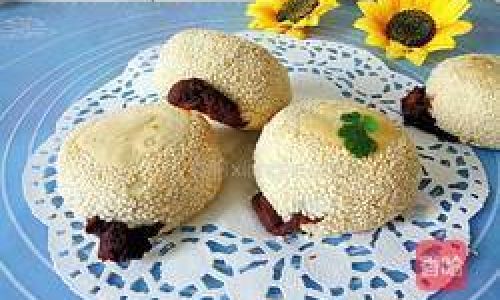
The Art of the Filling: Red Bean Paste as the Soul
The defining feature of Háma Tǔmì is its filling, traditionally made from chì dòu (red adzuki beans). Adzuki beans, small and ruby-red, have been cultivated in East Asia for over 4,000 years. Their earthy sweetness and creamy texture, when properly prepared, form the pastry’s soul. The process begins with meticulous bean selection: only plump, unblemished beans are chosen, as any imperfection could compromise the filling’s smoothness.
The beans are soaked overnight, then simmered for hours until tender. Skilled cooks stir constantly to prevent scorching, a laborious task that demands patience. Once cooked, the beans are drained and mashed into a coarse paste. Here, tradition diverges slightly: some artisans prefer a rustic texture, leaving tiny bean fragments intact, while others strain the mixture for velvety perfection. Sugar, typically rock cane sugar, is added gradually, with the cook tasting and adjusting until the balance of sweetness is just right—not cloying, but comforting.
The final step is frying or roasting the paste to deepen its flavor. This caramelization process transforms the beans into a rich, aromatic filling that clings to the palate. Modern adaptations sometimes incorporate butter or cream, but purists insist on a minimalist approach, letting the bean’s natural essence shine.
The Role of Sugar: Sweetness with Purpose
Sugar in Háma Tǔmì serves more than mere sweetness; it acts as a preservative and flavor enhancer. Traditional recipes use bái táng (white sugar) or hóng táng (rock sugar), the latter prized for its pure, clean taste. The sugar is melted into the bean paste during the final cooking stage, creating a glossy sheen and preventing spoilage. In some regions, málà táng (maltose) is added for a subtle caramel undertone, though this is less common in Beijing-style Háma Tǔmì.
Interestingly, the quantity of sugar varies by season. Winter batches tend to be sweeter, as the cold weather enhances the perception of sweetness, while summer fillings are lighter to avoid heaviness. This seasonal adaptation underscores the cooks’ deep understanding of ingredient behavior—a hallmark of traditional Chinese cuisine.
Alternative Fillings: A Glimpse into Regional Diversity
While red bean paste reigns supreme, Háma Tǔmì’s fillings have evolved to reflect regional tastes and ingredient availability. In northern China, where winters are harsh, hēi zhī ma (black sesame) paste offers a nutty, warming alternative. The sesame seeds are toasted, ground, and sweetened with honey, creating a filling that contrasts beautifully with the pastry’s flakiness.

In coastal provinces, lǘ dòu huáng (lotus seed paste) makes an occasional appearance. Prized for its delicate floral aroma, lotus paste requires hours of de-stemming and simmering lotus seeds, a process so tedious it borders on alchemy. However, due to its higher cost, lotus-filled Háma Tǔmì remains a rare delicacy, reserved for special occasions.
Modern bakers have also experimented with nái huáng (custard) or fruit fillings like jú zi (mandarin orange). While these innovations cater to contemporary palates, purists argue they stray too far from the pastry’s humble roots.
The Dough: A Canvas for Flakiness
No exploration of Háma Tǔmì’s fillings is complete without discussing its dough—a delicate balance of strength and tenderness. Traditional recipes use a water-based dough enriched with lard (pig fat), which imparts unparalleled flakiness. The dough is rolled, folded, and rolled again, a technique known as qiān céng (千层, “thousand layers”), creating paper-thin sheets that shatter at the bite.
Modern variations might substitute lard with vegetable shortening for dietary reasons, but the texture suffers noticeably. The dough is wrapped around a golf ball-sized portion of filling, then pinched tightly to seal. During baking, the dough puffs dramatically, and the filling’s moisture creates steam, causing the seal to split slightly—the iconic “toad spit” effect.
The Baking Process: Science Meets Tradition
Baking Háma Tǔmì is a delicate dance of heat and timing. Traditional ovens, fueled by charcoal, provide gentle, radiant heat that crisps the dough without burning it. Modern convection ovens accelerate the process but require careful monitoring to prevent the filling from drying out.
The pastry is brushed with an egg wash before baking, giving it a golden, glossy finish. As it bakes, the filling’s natural sugars caramelize, creating a sticky-sweet glaze that contrasts with the crisp crust. The result is a harmony of textures: the shattering crunch of the dough, the creamy filling, and the occasional chewy burst of whole bean.
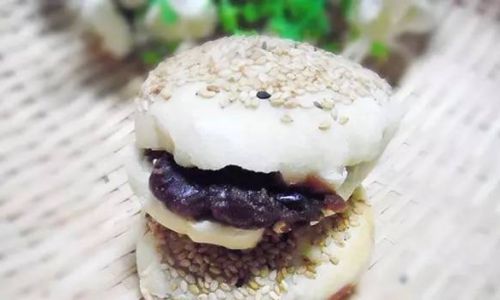
Cultural Symbolism and Rituals
Háma Tǔmì is more than a snack; it is a carrier of cultural memory. During weddings, it is often served as a symbol of fertility and abundance, its round shape echoing the cycle of life. At funerals, it is distributed to mourners as a comforting gesture, its sweetness a reminder of life’s fleeting joys.
In daily life, the act of sharing Háma Tǔmì fosters connection. Elders teach children to peel back the flaky layers methodically, savoring each bite. This ritual, though simple, reinforces values of patience and appreciation—qualities as enduring as the pastry itself.
Preservation and Modern Challenges
Despite its cultural significance, Háma Tǔmì faces threats from industrialization and changing tastes. Mass-produced versions often use pre-made fillings and frozen dough, sacrificing quality for convenience. However, a resurgence of interest in artisanal foods has sparked a revival. Small-batch bakeries in Beijing now employ traditional methods, even sourcing heirloom bean varieties to recreate authentic flavors.
Education also plays a role. Workshops teaching Háma Tǔmì making have proliferated, ensuring the next generation understands the labor and love behind each pastry. Chefs are also experimenting with low-sugar fillings or gluten-free dough, broadening its appeal without diluting its essence.
Conclusion
Háma Tǔmì’s fillings are a microcosm of Chinese culinary philosophy: simple ingredients elevated through craftsmanship, respect for tradition, and adaptability. The red bean paste, with its balance of sweetness and earthiness, remains the gold standard—a flavor profile as timeless as the alleys of Beijing itself. As the world hurtles toward modernity, this unassuming pastry stands as a reminder that some treasures are best preserved in their most authentic form. So the next time you bite into a Háma Tǔmì, savor not just the sweetness, but the centuries of history nestled within its flaky embrace.
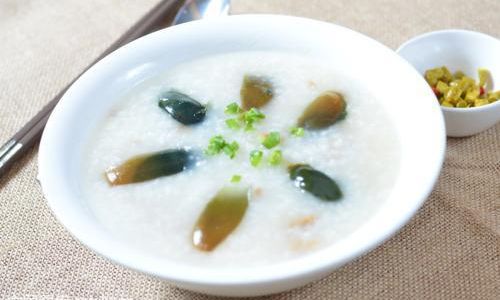
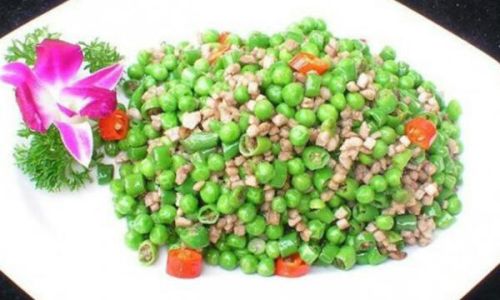
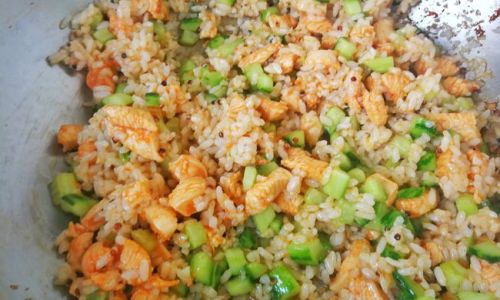



0 comments